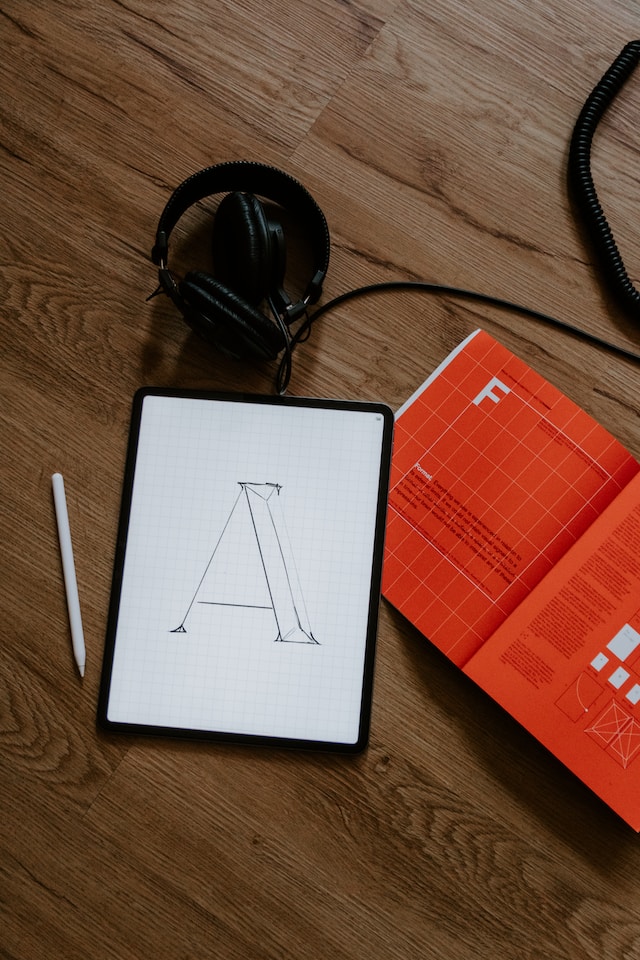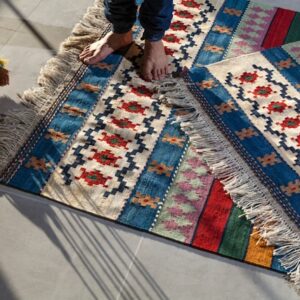For industrial designers, prototype parts allow them to move designs from the screen to a physical object that can be handled. The goal is to discover design flaws early and ensure that the final project meets company and user expectations. Prototypes also improve communication between different stakeholders. This makes it easier to determine unforeseen technical or physical constraints.
Timely Feedback
Just as people try on clothes before buying them or test drive a car before purchasing one, manufacturers also want to test prototype parts to ensure they work before committing to total production. This way, they can make necessary changes before the manufacturing process begins and save time and money. A proof of concept (POC) prototype is the earliest physical model, usually consisting of 3D-printed plastics that imitate how a product works. This allows designers to explore ideas and determine whether a design is viable. Once a design is deemed feasible, the manufacturer can move on to an appearance prototype. While a looks-like prototype is more concerned with aesthetics and might not have any function, it provides critical information about ergonomics, user interface, and overall experience. It also enables the manufacturer to determine whether it is practical to manufacture the prototype with traditional machining methods, such as CNC machining.
Cost-Effectiveness
At the initial concept modeling stage, teams often rely on off-the-shelf parts to create a functional prototype. These types of prototypes are referred to as proof-of-concept (POC) prototypes and focus on the basic functionality of the product design. With the help of rapid prototyping technologies like 3D printing and CNC machining, engineers can reduce costs by consolidating parts during prototype production. This allows them to test different designs & part functions while verifying that production materials & tolerances align with design specifications. A physical model also helps stakeholders understand how the final product will function and look. It eliminates the need for them to imagine what the product will do based on 2D drawings. This saves manufacturers the cost of creating costly revisions. Moreover, the ability to make quick changes to the prototype during testing ensures that all potential issues are resolved before the product enters production. This reduces product development time and cost and improves quality.
Reliability
Prototypes are essential to determining the expected durability of a product before launching it into production. This helps companies design budgets and calendars and provides reassurance that the products will hold up to consumer use. Whether a prototype is made using molds or 3D printing, working with a firm with reliable manufacturing processes and an experienced team is critical. This will reduce lead times and ensure the quality of the product. In addition, finding a partner that can recommend vetted manufacturers equipped for prototyping and low- and high-volume production is essential. These suppliers understand the importance of DFM (design for manufacturing) and can help streamline the development process. Identifying potential issues with the design early can also prevent them from becoming costly problems during serial production. This includes identifying issues that could compromise the product’s safety or reduce its lifespan. Ultimately, this can prevent expensive recalls and damage to the brand’s reputation.
Flexibility
For manufacturers, prototyping offers a wide range of flexible options. It allows designers to change a product without changing the original design. This reduces development time and eliminates potential costs from making mistakes that can occur later in production. Manufacturers can also use prototypes to test the durability of their designs. For example, a manufacturer might test the sturdiness of a plastic component using a looks-like prototype that mimics the final product but does not include its functionality. Alternatively, they might create a proof of concept prototype that is not concerned with appearance but merely demonstrates that the product works as intended. Prototype parts can also serve as a communication tool for key stakeholders in the project. Having an actual physical model in your hands makes it easier to discuss the design with others. This can help you overcome purchase objections and attract investors. Moreover, it can improve the effectiveness of marketing or packaging campaigns.




